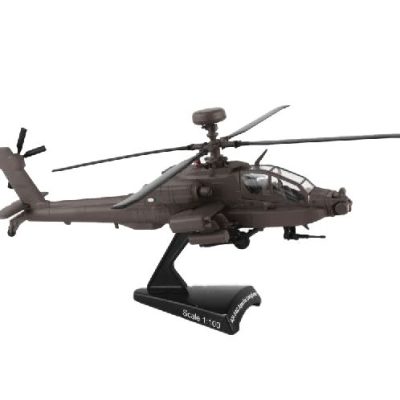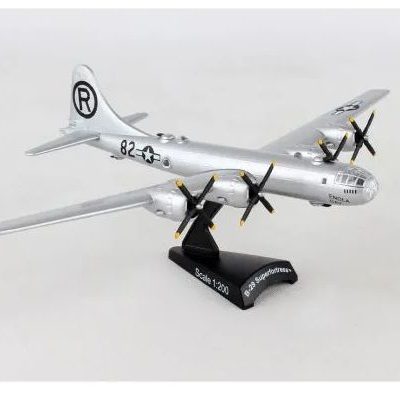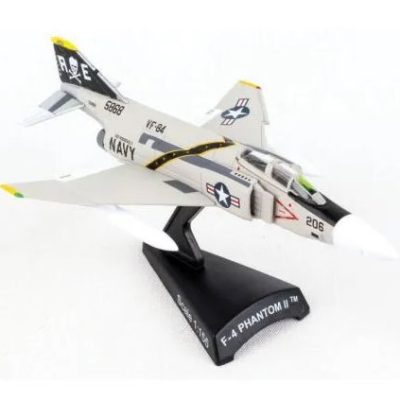Description
SR-71 USAF Blackbird Die-Cast Model
Type of Aircraft: SR-71 “Blackbird” is a long-range, high-altitude, Mach 3+ strategic reconnaissance aircraft developed and manufactured by the American aerospace company Lockheed Corporation
Nation/Service of Origin: USAF
Period Operation: High level reconnaissance during the Cold War and especially during the Cuban Missile Crises in October of 1962.
Produced: From: 1966 to 1989 and used by NASA until 1999
Role: High Attitude Reconnaissance
Manufacturer: Lockheed Corporation
Historical Data of Aircraft:
From Wikipedia, the free encyclopedia
The Lockheed SR-71 “Blackbird” is a long-range, high-altitude, Mach 3+ strategic reconnaissance aircraft developed and manufactured by the American aerospace company Lockheed Corporation. The SR-71 has several nicknames, including “Blackbird” and “Habu”.
The SR-71 was developed as a black project from the Lockheed A-12 reconnaissance aircraft during the 1960s by Lockheed’s Skunk Works division. American aerospace engineer Clarence “Kelly” Johnson was responsible for many of the aircraft’s innovative concepts. The shape of the SR-71 was based on that of the Lockheed A-12, which was one of the first aircraft to be designed with a reduced radar cross-section. Initially, a bomber variant of the A-12 was requested by Curtis LeMay, before the program was focused solely on reconnaissance. The SR-71 was longer and heavier than the A-12, allowing it to hold more fuel as well as a two-seat cockpit. The SR-71’s existence was revealed to the public in July 1964; it entered service in the United States Air Force (USAF) in January 1966. In 1989, the USAF retired the SR-71, largely for political reasons; several were briefly reactivated during the 1990s before their second retirement in 1998. NASA was the final operator of the Blackbird, using it as a research platform; it was retired again in 1999.
Mission equipment for the plane’s aerial reconnaissance role included signals intelligence sensors, side looking airborne radar, and a camera. During missions, the SR-71 operated at high speeds and altitudes (Mach 3.2 and 85,000 feet, 25,900 meters), allowing it to outrace or entirely avoid threats. If a surface-to-air missile launch was detected, the standard evasive action was simply to accelerate and outpace the missile. On average, each SR-71 could fly once per week due to the extended turnaround required after mission recovery. A total of 32 aircraft were built; 12 were lost in accidents with none lost to enemy action.
Since its retirement, the SR-71’s role has been taken up by a combination of reconnaissance satellites and unmanned aerial vehicles (UAVs); a proposed UAV successor, the SR-72, is under development by Lockheed Martin, and scheduled to fly in 2025. As of 2023 the SR-71 holds the world record, which it set in 1976, as the fastest air-breathing manned aircraft, previously held by the related Lockheed YF-12.





